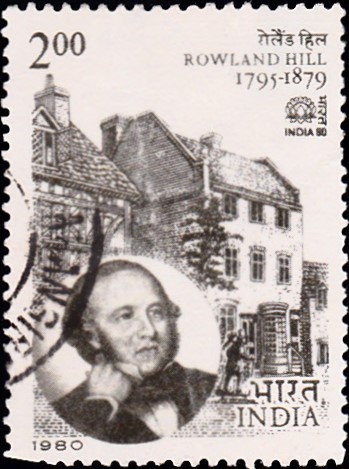
India-80 Series
Complete set of 4 special postage stamps on ‘India–80‘, International Stamp Exhibition, New Delhi (3rd Issue) :
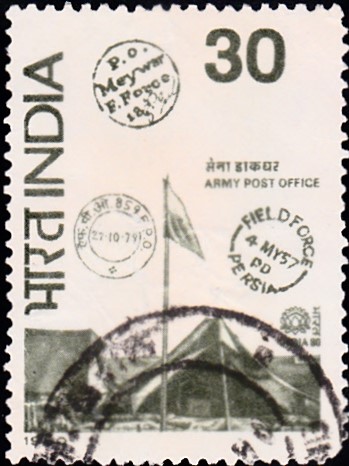
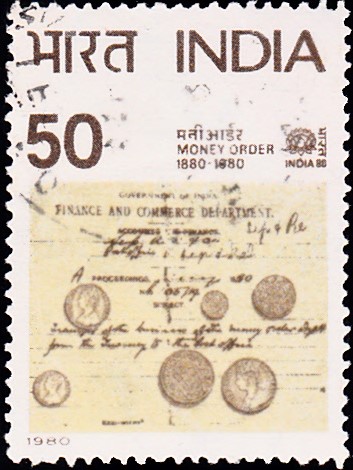
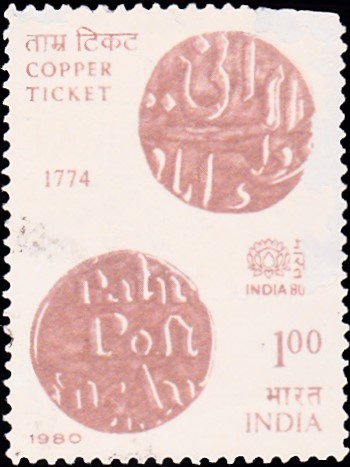
 Issued by India
Issued by India
Issued on Jan 25, 1980
Designed by :
30 & 50 P. : Benoy Sarkar
100 & 200 P. : India Security Press
Type : Stamps, Postal Used
Colour :
30 P. – Olive Green
50 P. – Sepia and Dark Brown
100 P. – Copper
200 P. – Raw Sienna
Denomination : 30, 50, 100 & 200 Paise
Overall size : 2.90 X 3.91 cms.
Printing size : 2.54 X 3.55 cms.
Perforation : 13 x 13
Paper :
30, 50, 200 P. – Watermarked
100 P. – Unwatermarked
Number printed :
30 P. – 50,00,000
50 P. – 30,00,000
100 P. – 20,00,000
200 P. – 20,00,000
Number per issue sheet : 35
Printing process : Photogravure
Printed at : India Security Press
About :
- “Among the many things, good and bad, that the modern world has produced, surely the postal system, which covers the world, is one of its most beneficent activities.“ – Jawahar Lal Nehru.
- India, during the past hundred and twenty-five years, has built up an impressive postal system. INDIA-80, the first international philatelic exposition to be held in Asia under the aegis of the Federation Internationale de Philatelie, is the culmination of the celebrations connected with epoch-making events in the history of Indian Post Office. The year 1979 saw the completion of hundred years of postcard service and fifty years of scheduled carriage of domestic mail by air. 1979 also marked the 125th anniversary of the issue of first Indian postage stamp. A series of special stamps to commemorate these events have been issued and the current set of stamps completes the series.
- ARMY POST OFFICE (30 paise)
- The Army in India, initially, ran its own postal agency which linked up with the civil postal network. The earliest known Army postal agency was that of a brigade known as the ‘Meywar Field Force’ which functioned from 1818 to about 1840. The first regular Army Post Office came into existence in 1856, when a Field Post Office was sent to Bushire (Iran) for the exclusive use of the Persian Expedition of 1856. From then on, Army Post Offices have seen field service in Europe, Africa and Asia in numerous campaigns including the two World Wars. They have served the armed forces in their peace-keeping missions to Korean peninsula, Indo–China, Gaza and Congo. In recognition of the excellent work done by them, the Indian Government have formed them into a distinctive and separate Corps of Indian Army. Though organisationally a part of the Army, they function as regular post offices of the Indian Posts and Telegraphs Department for all postal purposes.The design of the stamp depicts a Field Post Office in tents with its flag. The cancellations featured in the design are of Meywar Field Force (1833), Field Post Office in Persia (1857) and Army Post Office (1979).
- MONEY ORDER : 1880-1980 (50 paise)
- The introduction of money order service, inter alia for revenue and rent transmission, saved the public from the ardours of long journeys to pay these charges in person. Till 1880, money orders were issued and paid at Government Treasuries. Their small number (283) continued to cause inconvenience to the public. In that year, the business of money order was transferred from the Treasury to the Post Office, which then numbered about 5500. Over the years, this service has proved very popular with the people as the payment of the money order is made at the door of the payee. Today more than 108 million money orders are issued and paid annually throughout the country.
- The design of the stamp features a part of the 1879 record (courtesy: National Archives of India) dealing with the transfer of the service from the Indian Finance & Commerce Department to the Post Office along with some Indian Coins used during the latter half of the last century.
- COPPER TICKET : 1774 (100 paise)
- During the administration of Warren Hastings (1774-1785) in India, the Post Office was placed on a better footing than before and steps were taken to make the post available to a limited extent for the carriage of private communications also. A system of carriers connecting the head-quarters of the Government with the principal towns in various provinces was established. An overland route from Madras to Calcutta with a weekly service was introduced in 1770. On 31st March 1774 a regular system of post was brought into force. A Postmaster-General was appointed and postage was charged for the first time at the rate of 2 Annas (1/8th of a Rupee) for every 100 miles (160 kilo-metres). Small copper tickets of 2 Annas in value were introduced as a token of prepayment of postage within the realms of the East India Company.
- The design of the stamp shows the obverse and the reverse of a copper ticket of 1774 (courtesy: G. B. Pai).
- ROWLAND HILL : 1795-1879 (200 paise)
- Born on 3 December 1795 at Kidderminster (England), the son of an English school master, Sir Rowland initially turned his attention to problems of teaching. He possessed wide ranging interests, exploring the fields of printing, astronomy, mathematics and transportation. His proposal for reform of postal service were that all postage rates should be the same without regard to the distance, all mail should be prepaid and the rate of postage should be low enough to attract people to the service. In spite of the determined opposition, his proposal were put into effect and the postal service, as we know today, was born in 1840. He suggested a device which subsequently became known as postage stamp. He died at Hampstead (England) on 27 August 1879 and was buried in Westminster Abbey.
- The design of the stamp depicts the house at No. 96, Blackwell Street, Kidderminster, where Rowland Hill (inset) was born. (courtesy: National Postal Museum, London).
- FIRST DAY COVER
The First Day Cover illustration is an artist’s impression of the hand-operated transfer press, the type of hand-operated transfer press, the type of litho-printing machine used for striking the first postage stamps in 1854 under the guidance of Capt. (later on General Sir) Henry L. Thuillier (inset). The design is based on photographs by courtesy of the Surveyor-General of India.
- FIRST DAY CANCELLATION
The design of the First Day Cancellation depicts a line drawing of the Hall of Nations, the main venue of the exhibition along with the logo of INDIA-80.


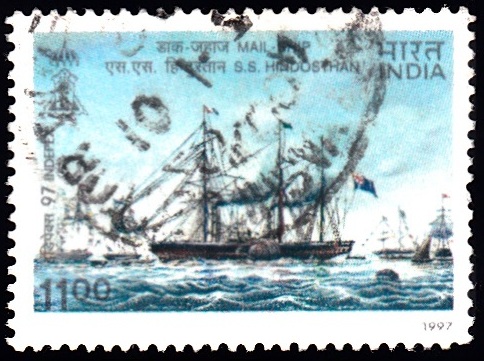
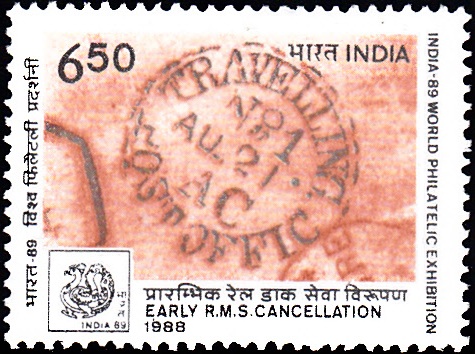
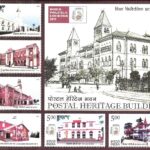
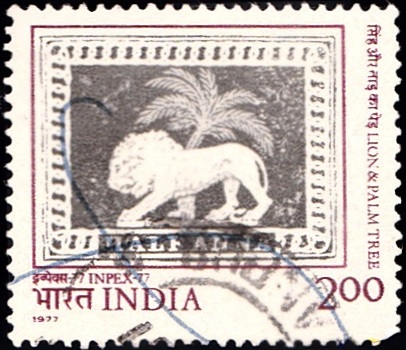
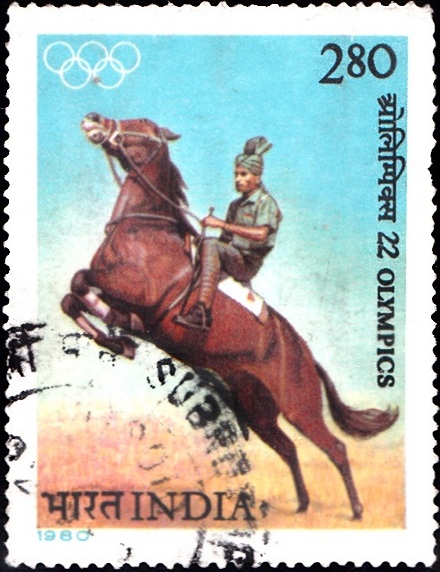
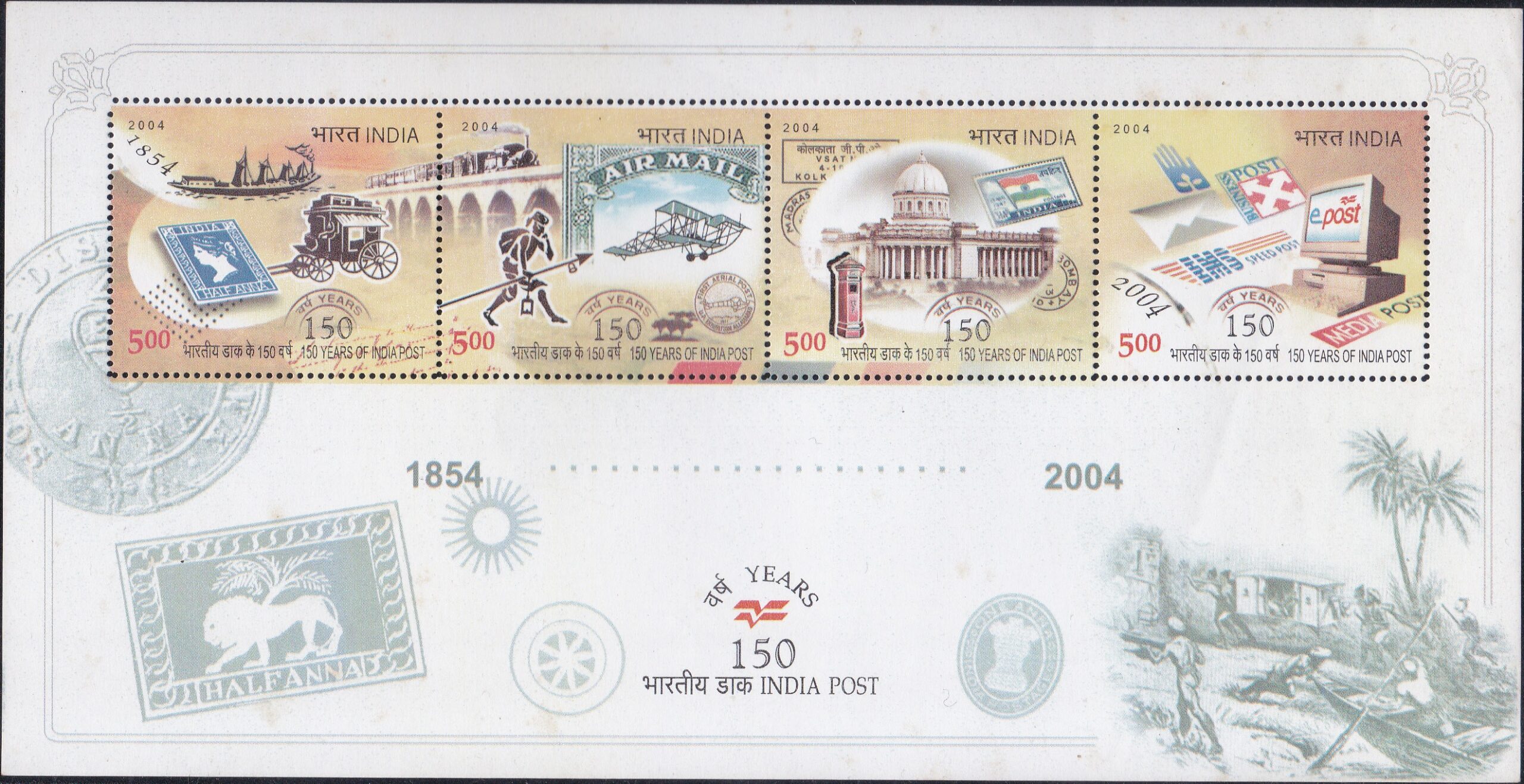
[…] Britain, Rowland Hill first suggested installation of the roadside Letter Box in 1840. However, the first Letter Box in […]
[…] idea of issuing postage stamps originated with Sir Rowland Hill at whose suggestion, the first postage stamp in the world now known as the ‘Penny […]